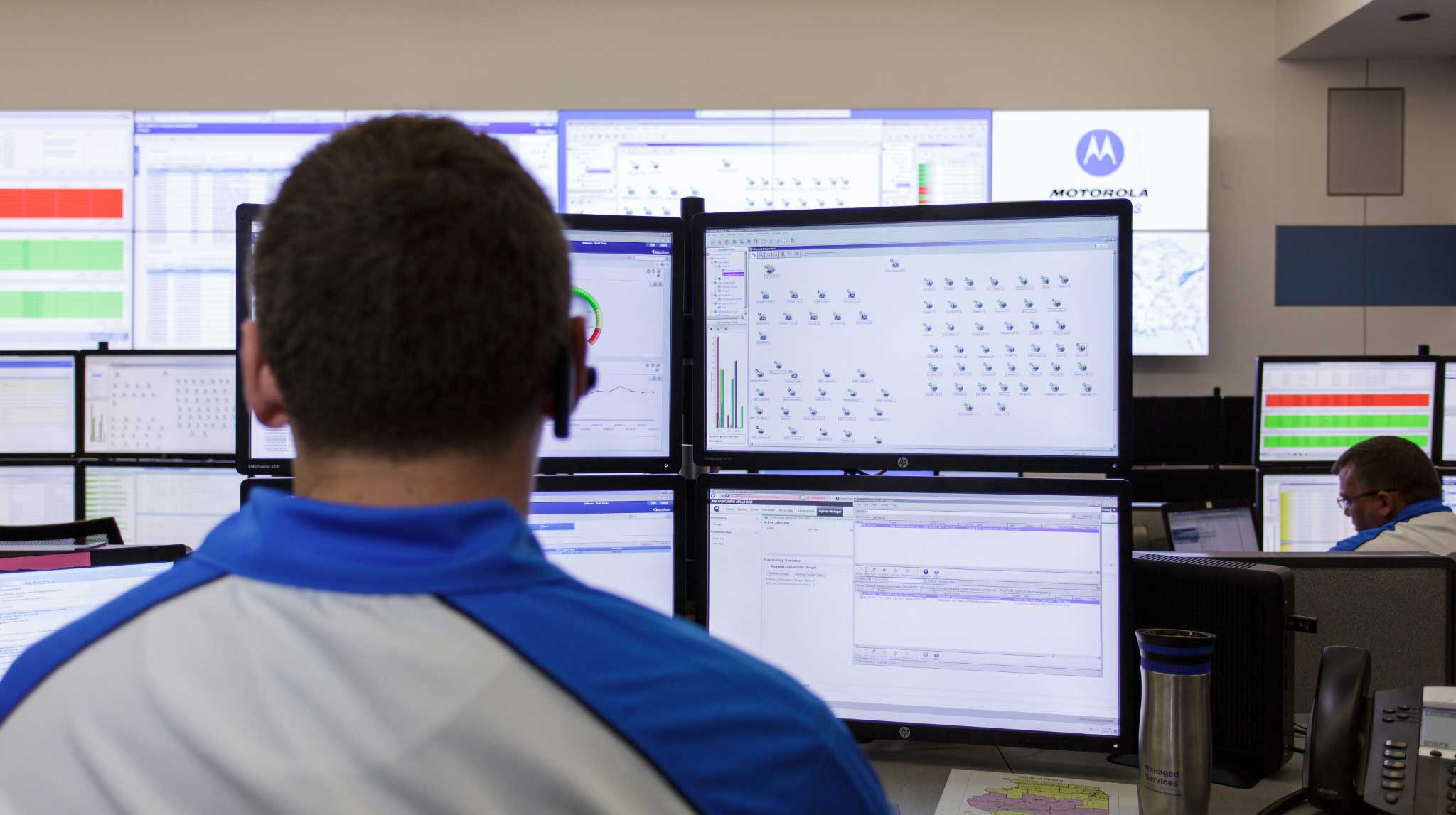In 1991, the ASTRO system was born. With the anticipation of Project 25 (P25) – designed to create a user-driven, flexible, and open standard for radio communications – Motorola built ASTRO as a land mobile radio (LMR) platform to comply with the P25 standard. To celebrate ASTRO’s 25th year, this series will look at the past, present, and future of ASTRO 25 and answer the most pressing questions being asked by radio users today.

As P25 and ASTRO matured, the need arose for neighboring systems to interoperate. But there was still the question of how to best enable users to roam into adjacent jurisdictions and be in contact with both the home and neighboring networks. Although the functionality seems basic, the implementation can be deceptively complex. At the outset, users were able to connect to a neighboring system by changing the selector on their radio, but this separated them completely from their home system. What evolved were two distinct approaches, each providing users the ability to communicate with neighbors and their home network with varying degrees of integration: Inter Subsystem Interface (ISSI) and Single System Interoperability (multi-zone). Before a community implements one system or the other, is it critical to understand the pros and cons of each:
Inter Subsystem Interface (ISSI)
\nISSI provides the ability for users to roam into adjacent jurisdictions and communicate at a basic level with both their home and neighboring agencies. The two systems may be from from different equipment providers, on different upgrade schedules, and/or possess different features. However, only the functionality that is supported on both systems and their implementation of the ISSI standard are available across the interconnection, such as voice and emergency status. Having independent systems interoperating via ISSI reduces the requirement for all jurisdictions to agree on features that will be purchased with the system, and when network upgrades will occur. For example, if one jurisdiction wants to adhere to a strict version upgrade schedule but another does not, this issue does not need to be resolved in order for ISSI to succeed. Conversely, ISSI does not make all functions of one system available on the other systems. If system A supports GPS but system B does not, when a user from A travels into B’s territory, GPS service from the user will cease.
ISSI is ideal for for a region with many different systems where interoperability among them is required, but system owners value being able to customize the features specific to their agency without their neighbor’s consent.
Single System Interoperability (Multi-Zone)
\nMulti-zone is a single system that operates uniformly everywhere it is in place, allowing multiple jurisdictions to share features and access privileges anywhere throughout the system. It requires strong governance and collaboration – all neighboring jurisdictions must operate at the same software version level on the same system. Each agency must agree on the functionality that will be supported. Features like data, for example, apply across the entire system and enable all zones to use it, so the cost must be covered by all participants. If agency A wants to support GPS but system B does not, then an agreement must be reached before the system can move forward.
Multi-zone is ideal for regions with strong governance and working relationships between agencies. If the groundwork for in-depth collaboration already exists, this is an opportunity to equip network users with seamless operability across multiple jurisdictions.
Before deciding which avenue to pursue, it is important to assess your agency and answer these questions:
-
- Who will you interoperate with?
-
- Does the footprint of your agency extend into jurisdictions covered by a different system?
-
- Does the coverage area of your system extend far enough into the neighboring jurisdiction so that you can run “hot pursuit” operations using your system?
-
- Do you assist neighboring jurisdictions in response to planned and unplanned events?
-
- Can you achieve the level of governance required to deploy one large system across multiple jurisdictions?
-
- How often do you train with neighboring jurisdictions for a joint response to planned and unplanned events?
-
- How organized is your fleet mapping capability?
If these lead you to answer that you do not require complex interoperability, or are unable to achieve the level of governance required, then ISSI is for you. If you need more integrated interoperability and are able to agree with partner jurisdictions on major managerial decisions, multi-zone may be for you.
For more information, about Motorola’s ASTRO 25 systems and capabilities, visit, www.motorolasolutions.com/astro.




